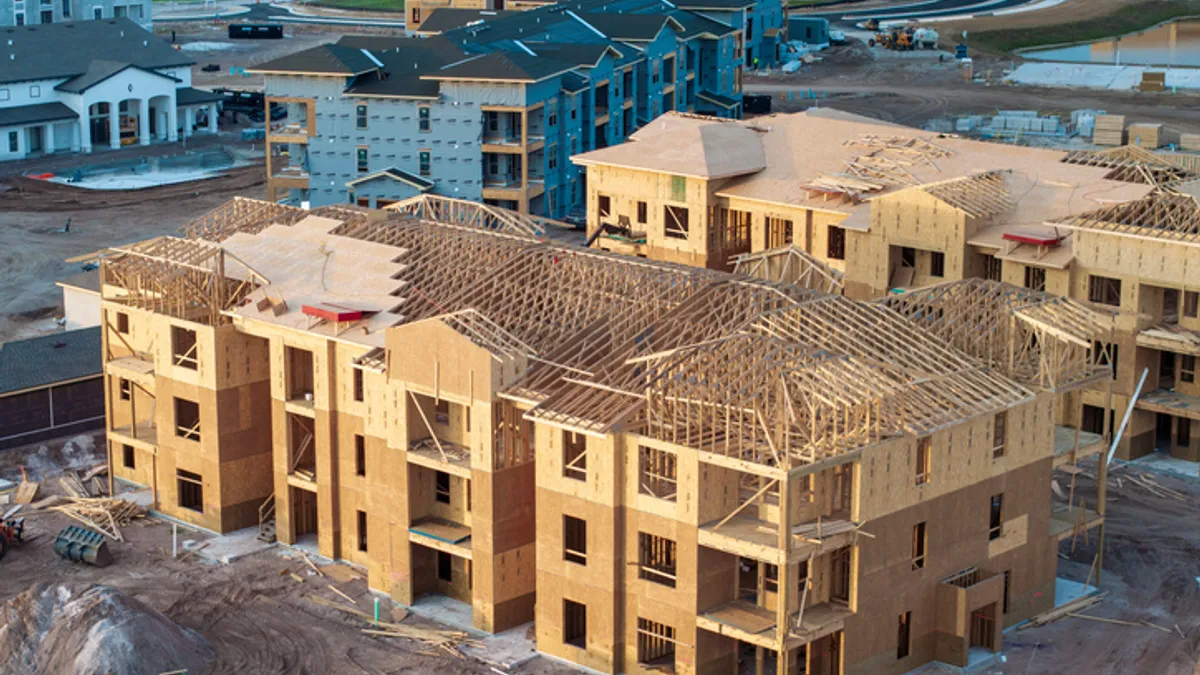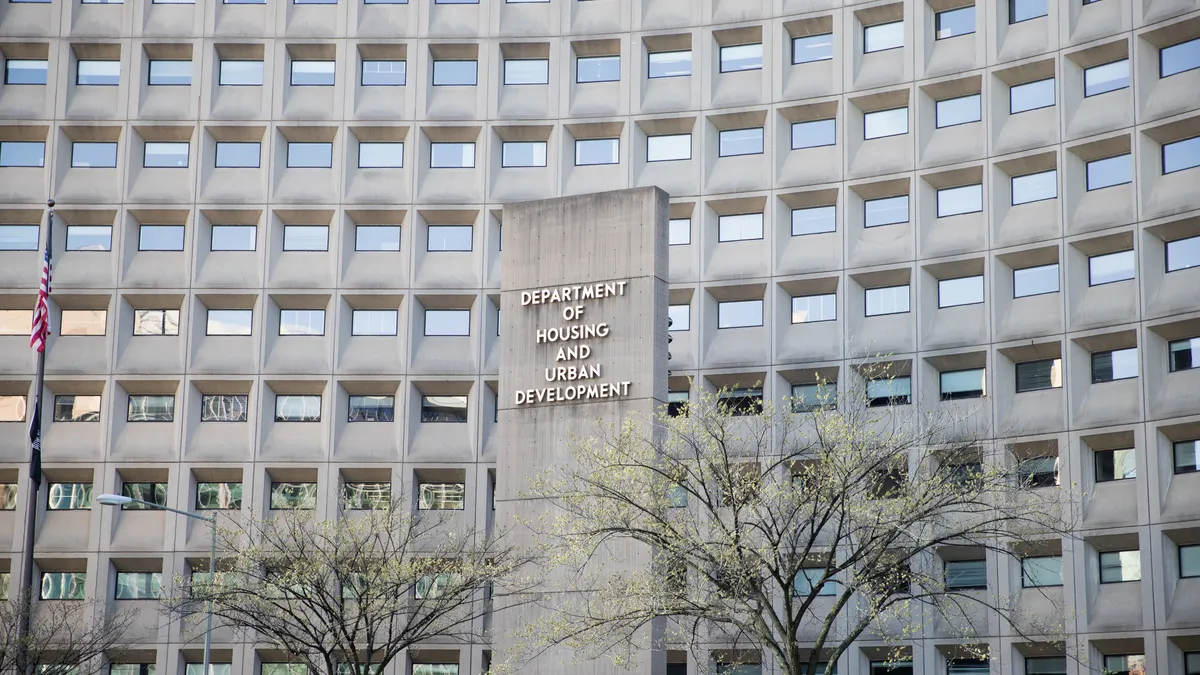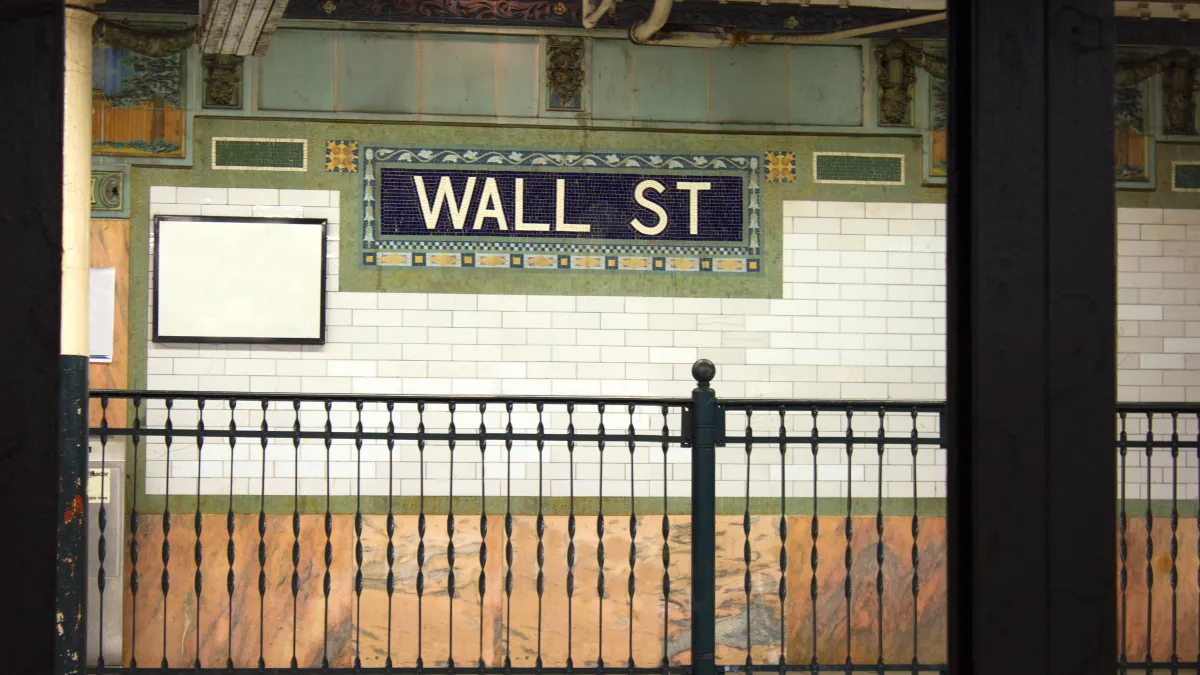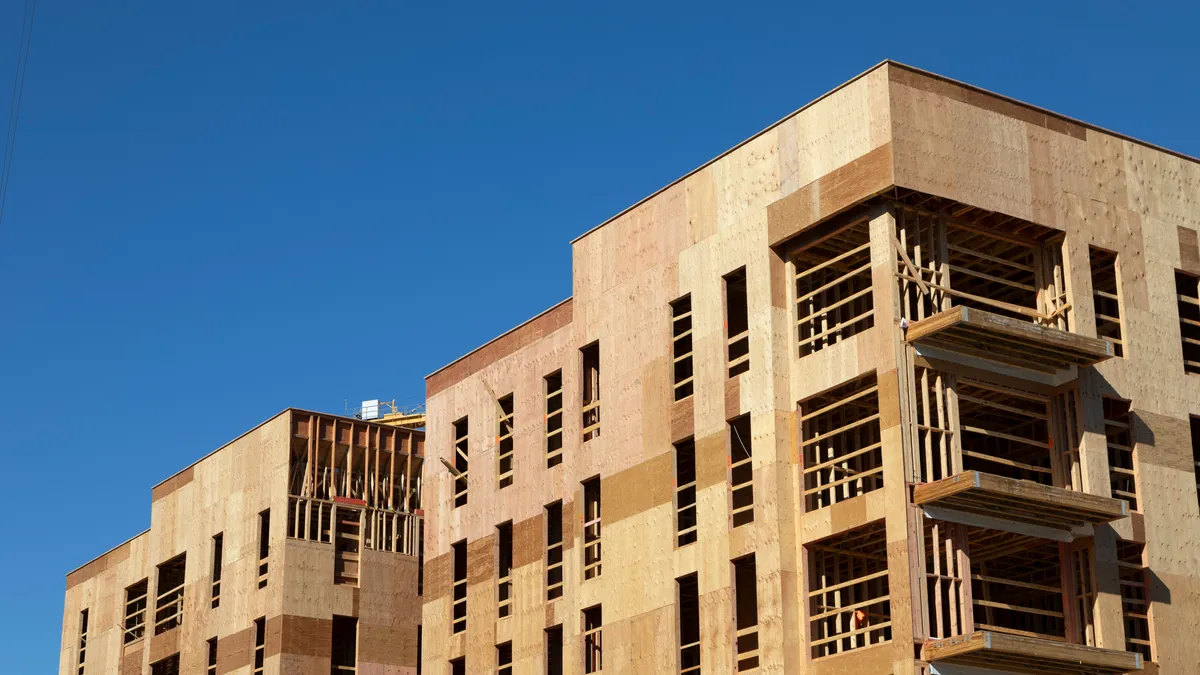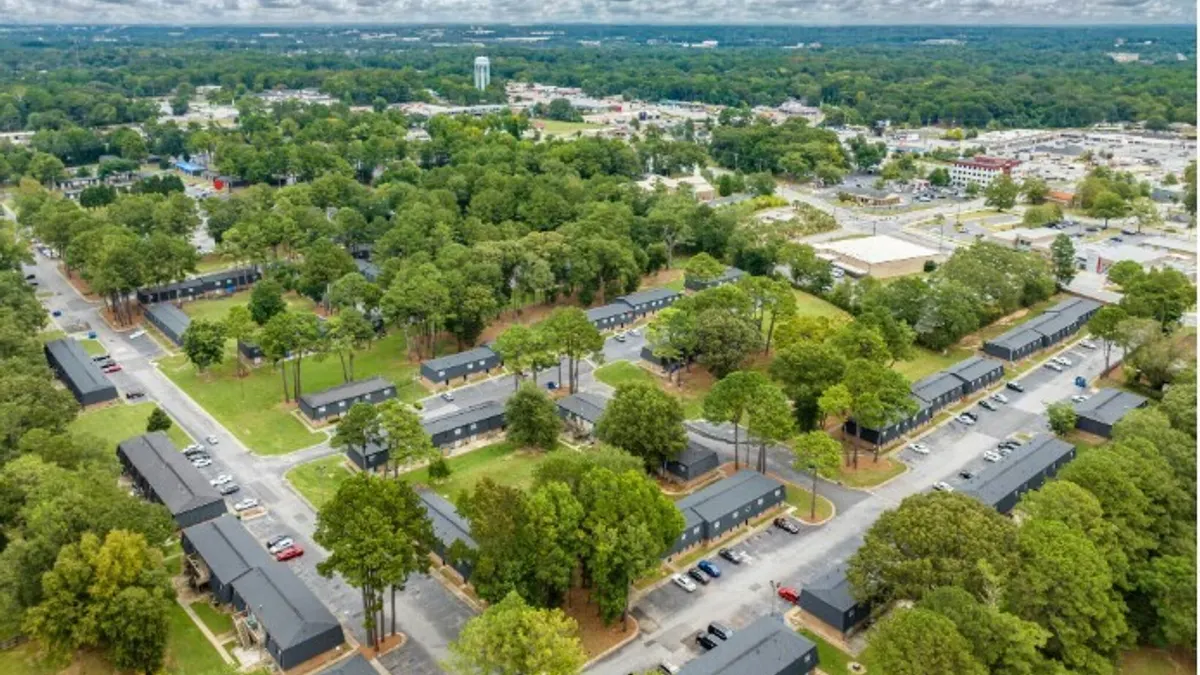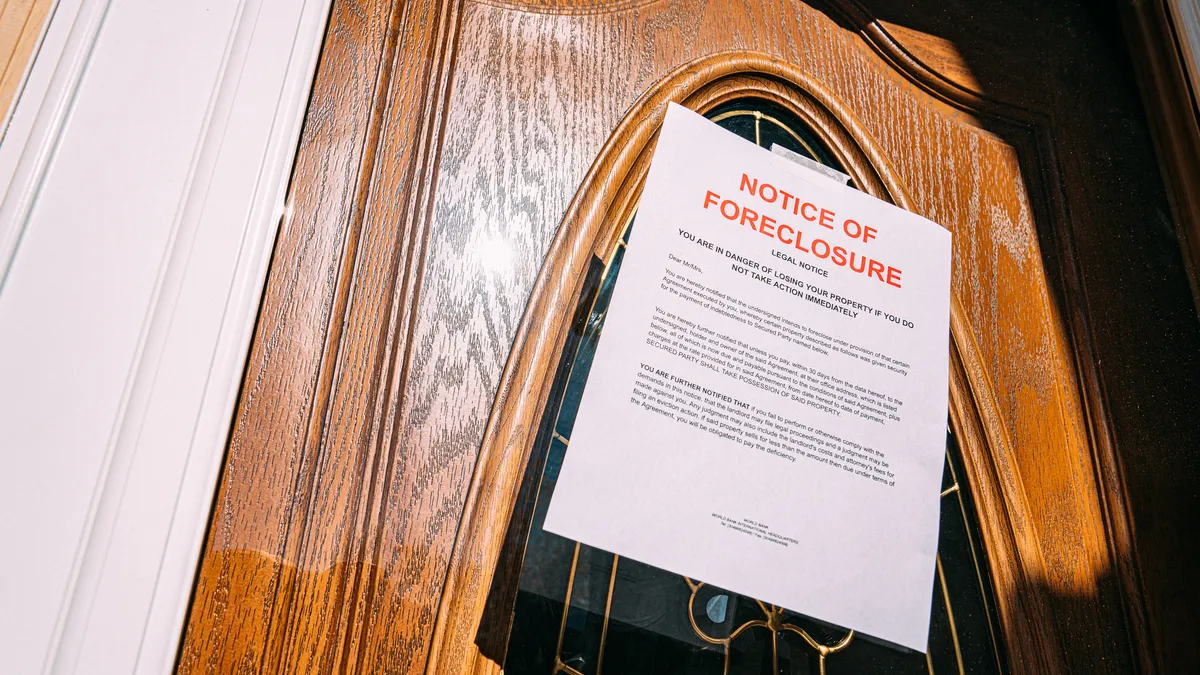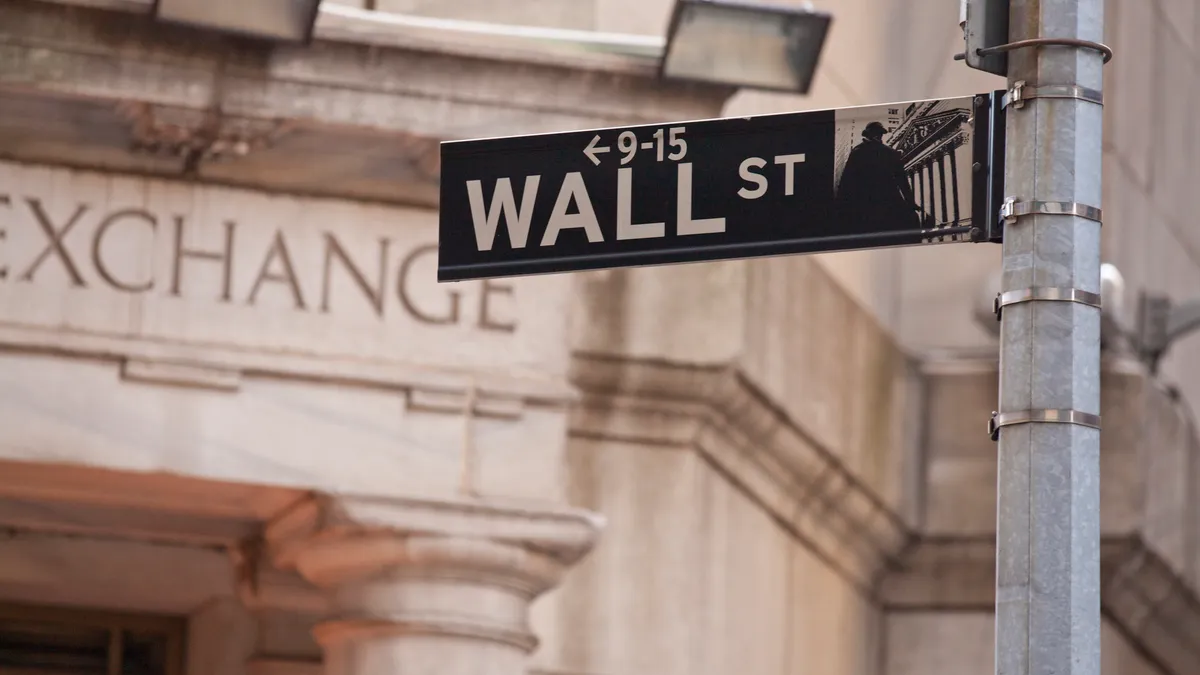For apartment developers, always an opportunistic bunch, 2025 represents an opportunity. Analysts predict starts will fall to levels not seen in years, meaning there will be little competition in 2027 for those who start projects this year.
However, there’s a problem. Private developers, especially those without long track records, face challenges scraping together capital in this environment. “Limited partner capital is being careful about where to invest right now,” said Jordan Lang, president of Los Angeles-based developer McCourt Partners. “It’s the most scarce form of the capital stack.”
However, large REITs can secure debt and fund development without needing limited partner equity, which presents an opportunity to beat some competitors to market.
“They have liquidity, and they're low leverage, so they can use a bit of leverage to acquire and/or fund some development,” Haendel St. Juste, managing director of REITs for investment bank Mizuho Securities, told Multifamily Dive. “But they can also sell some assets.”
With those advantages, a number of REITs plan to increase development spending this year. However, like their private competitors, they must corral costs to make the numbers work before breaking ground.
REIT construction guidance grows
Once again, the most active developer among the REITs looks to be AvalonBay Communities. The Arlington, Virginia-based firm plans to start $1.6 billion in projects this year. It is targeting yields in the low-to-mid-6% range on wood-frame construction in its expansion Sun Belt regions and California.
“It has been exceedingly difficult to get the math to work for new starts on the West Coast for the past several years as reflected in the extremely low levels of supply in those markets,” AVB Chief Investment Officer Matt Birenbaum said on the REIT’s Q4 earnings call in February. “This should provide strong support for future performance for the over $500 million in new development we plan for Northern and Southern California in 2025.”
Houston-based Camden, which has signaled plans to become more aggressive this year, has guidance for $175 million to $675 million in starts at project yields of about 6%.
“We need 100 to 150 basis points positive spread between what we can buy for and what we can build for,” CEO Ric Campo said on the REIT’s Q4 earnings call in February. “And then we have to have the confidence that the revenue growth is going to be there in '26 and '27 and '28. We'll get more confidence in that mid-year. So that will determine whether we get to the high end of that range.”
Memphis-based MAA expects to start three to four projects in 2025 after investing in five developments in 2024. “Certainly, development is one of the best uses of capital that we have today, especially given what we think will be a diminished supply pipeline going forward,” MAA President, Chief Investment Officer and incoming CEO Brad Hill said on the REIT’s Q4 earnings call in February.

UDR is targeting two to three starts this year, with yields in the high 5%-to-6% range, with more deals coming after that. “There are probably four to five projects right now that, if you fast forward over the next 12 months, are either shovel-ready or could be shovel-ready,” said UDR President, Chief Financial Officer and Chief Investment Officer Joe Fisher on the Highlands Ranch, Colorado-based REIT’s fourth-quarter 2024 earnings call in February.
Even Palo Alto-based Essex Property Trust, which hasn’t started construction on an apartment since 2019, has guidance of $75 million for new development at Oyster Point in San Francisco, near one of the largest biotech hubs in the world. It expects to achieve a mid-to-high-5% cap rate at the project, which could grow to the high 6% range at stabilization.
But not all large public firms are signaling new starts. After beginning construction on three properties last year, Chicago-based Equity Residential isn’t ready to commit to breaking ground on new apartments in 2025. “Right now, it's really tough to make the numbers work on something that's appealing to us,” EQR Executive Vice President and Chief Investment Officer Alex Brackenridge said on the Chicago-based REIT’s Q4 earnings call in February.
Making the numbers work
While most REITs are optimistic that the development environment could improve this year, there are still lots of unknowns, most around the cost to build.
Fortunately, labor costs have moderated since the run-ups in 2021 and 2022. Hill says MAA saw a 4% to 5% decrease in certain markets due to prices falling. “We've really seen a reduction in margins that expanded over the last couple of years by subs and GCs,” he said. “So we've seen some improvement there.”
As starts have fallen, general contractors and subcontractors are squeezing their margins to keep their people employed and are experiencing less wage pressure from certain trades, according to Fisher.
REITs plan new development
| REIT | 2025 Guidance | 2024 Starts |
| AVB | $1.6 billion | $1.1 billion |
| Camden | $175 million-$675 million | $317 million |
| EQR | N/A | $539 million |
| Essex | $75 million | $0 |
| MAA | $250 million-$350 million | N/A |
| UDR | 2-3 properties | $0 |
SOURCE: REIT fourth quarter earnings reports
“What we’re seeing in the current market today with the slowdown in multifamily starts and with the slowdown in single-family starts is the subcontractors are hungry for work,” Birenbaum said. “So we’re seeing great success on the buyout right now on the things that we currently have in the market.”
However, the Trump administration’s deportations could impact the supply of construction labor, potentially raising prices for developers. “Clearly, that would have an impact on the ability of the market to really ramp up new construction for us,” MAA’s Hill said.
Tariff effect
On Wednesday, President Donald Trump announced a 10% baseline tariff for all U.S. trading partners with additional reciprocal tariffs for select nations, such as another 34% on Chinese imports and 20% on European Union imports.
Many key construction materials, such as steel, aluminum, lumber and copper, will be exempted from these reciprocal tariffs, according to a White House release. But importers of steel and aluminum have been paying 25% tariffs on these materials since March 12, while Canadian softwood lumber importers pay a 14.5% anti-dumping and anti-subsidy tariff, according to the National Association of Home Builders. That has been putting upward pressure on costs, said Anirban Basu, chief economist at Associated Builders and Contractors.
Price increases are expected, but they will take time to be worked into the system. Contractors tend to source products like concrete, gypsum and other raw materials domestically, so those are less likely to be impacted, said Tim Jed, supply chain leader at DPR Construction.
Executives expressed concerns about tariffs in their February earnings calls.

Campo estimates that tariffs will add another 2% to 3% in costs, affecting products like electrical boxes coming from Mexico. Others have similar worries.
“The lumber side of the equation would be the near-term concern with the lumber supply coming from Canada,” Fisher said. “There's obviously other things like mechanicals and glass and things of that nature that may be at risk depending on the origin source.”
Birenbaum also thinks tariffs could add roughly 2%, around $5,000 to $7,000 per unit, to the budget of a new apartment if 100% of the costs are passed through. “That would be a little bit of a headwind to future new business,” he said on the REIT’s fourth-quarter earnings call.
Click here to sign up to receive multifamily and apartment news like this article in your inbox every weekday.



